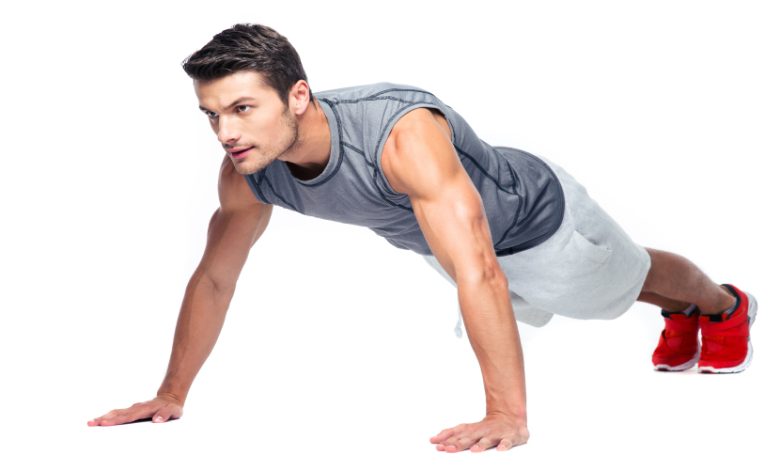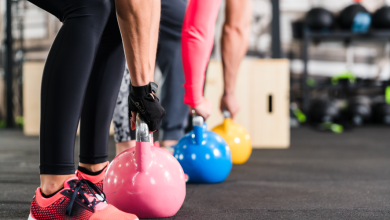The Benefits of Adding Push-Ups to Your Fitness Routine

The Benefits of Doing Push-Ups Regularly
Push-ups are a simple yet powerful upper-body exercise with numerous health benefits. Here’s why you should make them a part of your routine:
Stronger Upper Body
Doing push-ups consistently helps build strength in key muscle groups, including your chest, shoulders, triceps, and core. This makes everyday movements easier and enhances overall fitness.
Improved Core Stability
Push-ups engage your abdominal muscles, especially the rectus abdominis and obliques, helping to strengthen your core and improve stability.
Full-Body Efficiency
Like squats and lunges, push-ups are a compound exercise, meaning they work multiple muscle groups at the same time. This makes them a time-efficient way to get stronger.
Heart Health Boost
Push-ups don’t just build muscles—they support heart health too! Research suggests that people who can do more than 40 push-ups may have a lower risk of heart-related issues.
Better Body Composition
By increasing your metabolism, push-ups help burn more calories, reduce fat, and improve overall body composition over time.
Stronger Bones
Strength training exercises like push-ups help maintain muscle mass and promote bone health, which is especially important for women at risk of osteoporosis.
Support for Weight Loss
Because push-ups engage multiple muscle groups, they increase your calorie burn and contribute to weight and fat loss when done regularly.
Getting Started with Push-Ups
If you’re new to push-ups, follow these tips to ease into your routine:
- Start with a manageable number of repetitions and gradually increase as you build strength.
- Incorporate push-ups regularly before adding more sets or reps.
- Set a daily push-up goal and stay consistent.
- Find a workout buddy for motivation and accountability.
- Try different push-up variations to keep things interesting.
Push-Up Variations for All Levels
Push-ups can be modified for beginners or intensified for advanced fitness levels:
Beginner Variations
- Wall Push-Up – Perform a push-up against a wall for minimal resistance.
- Knee Push-Up – A standard push-up but with knees on the ground for extra support.
Intermediate Variations
- Standard Push-Up – The classic version on a flat surface.
- Decline Push-Up – Elevate your feet to increase resistance.
- BOSU Push-Up – Use a BOSU ball to add an element of instability.
Advanced Variations
- Plyo Push-Up – Add a clap at the top for explosive power.
- Dumbbell Push-Up to Row – Combine push-ups with a dumbbell row for extra strength training.
- One-Arm Push-Up – A highly challenging variation using only one arm.
Safety Tips for Push-Ups
To avoid injuries and maximize benefits, keep these precautions in mind:
- Place your hands comfortably to reduce wrist strain.
- Avoid push-ups if you have shoulder injuries.
- Maintain proper form to prevent spinal stress.
- Set realistic goals and progress at a safe pace.
Final Thoughts
Regular push-ups are a fantastic way to improve strength, stability, and overall fitness. They offer endless variations to match different fitness levels and can easily be done anywhere. Just be sure to practice proper form and listen to your body—if you experience discomfort or pain, consult a healthcare professional.



